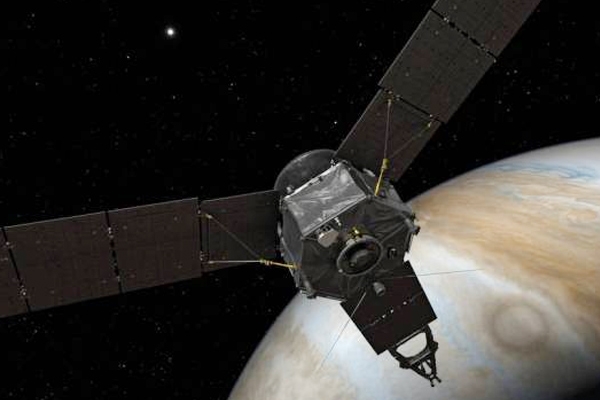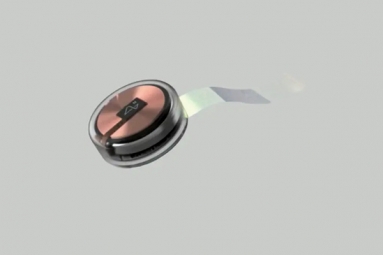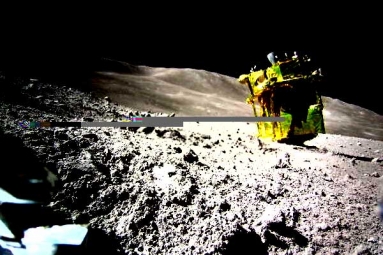
The US space agency Nasa has successfully put its $1.1 billion (£830 million) Juno spacecraft into orbit around Jupiter on a mission to probe the origin of the solar system.
The celebrations begun at the Nasa's Jet Propulsion Laboratory in Pasadena, California as the solar observatory successfully entered its aimed-for orbit around the biggest planet in our cosmic neighbourhood at 4.53am BST.
Hollered Scott Bolton, Nasa's principal investigator from the Southwest Research Institute in San Antonio, Texas, said that, "We are in it."
"You are the best team ever," he told his colleagues at mission control. "You just did the hardest thing Nasa has ever done."
Juno was launched five years back from Cape Canaveral, Florida and has travelled 1.7 billion miles since then.
"All stations on Juno co-ord, we have the tone for burn cut-off on Delta B," Juno Mission Control had announced. "Roger Juno, welcome to Jupiter."
A priority will be to determine the abundance of oxygen at Jupiter. This will be bound up in its water.
"How much water Jupiter has tells us a lot about where the planet formed early in the Solar System," explained team-member Candy Hansen.
"We think that Jupiter may not have formed where it is today, and if it formed further away or closer in that tells us a lot about how the Solar System in general formed. Because when we look at planets around other stars we see quite a menagerie of possibilities."
Principal investigator Scott Bolton said he wanted particularly to understand more about the Great Red Spot - a long-lived, giant storm.
"I love that Great Red Spot. We see it evolving, and it's been getting smaller ever since I first got amazed by it which was when I was a child," he told reporters.
"The fact that it's lasted so long - there are records of it going back hundreds of years - means that it must have fairly deep roots.
"It looks a little like a hurricane on the Earth but we know it can't be working exactly like that because hurricanes on the Earth need an ocean underneath and feed off the liquid and then change when they go on land. At Jupiter, it's all gas."
Jupiter is 11 times wider than Earth and 300 times more massive
It takes 12 Earth years to orbit the Sun; a 'day' is 10 hours long
In composition it resembles a star; it's mostly hydrogen and helium
Under pressure, the hydrogen becomes an electrically conducting fluid
This 'metallic hydrogen' is likely the source of the magnetic field
Most of the visible cloudtops contain ammonia and hydrogen sulphide
Jupiter's 'stripes' are created by strong east-west winds
The Great Red Spot is a giant storm vortex twice as wide as Earth
Also Read: Scientists detect oxygen on Mars
Nandini









